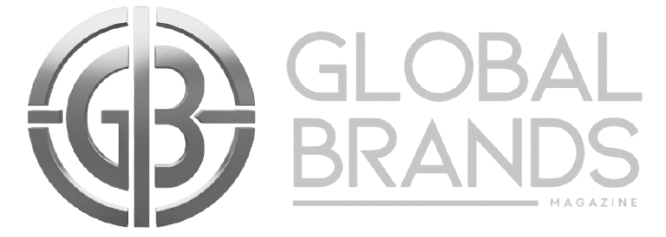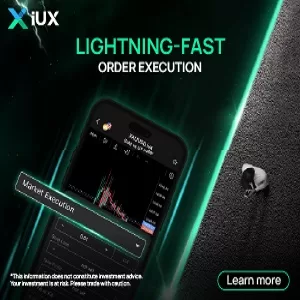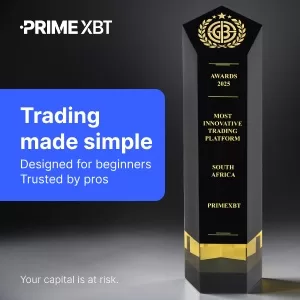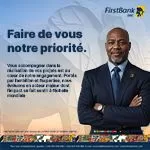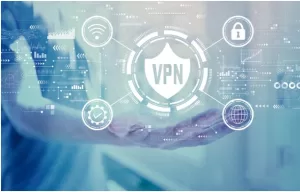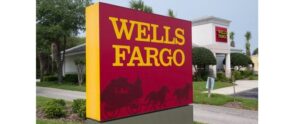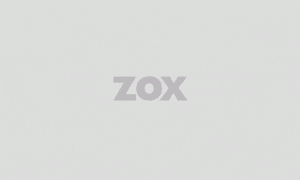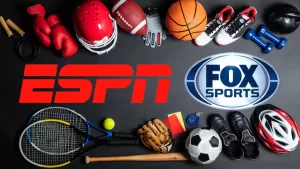NFL Joins the Broadcast Table with 10% Ownership in Disney’s ESPN
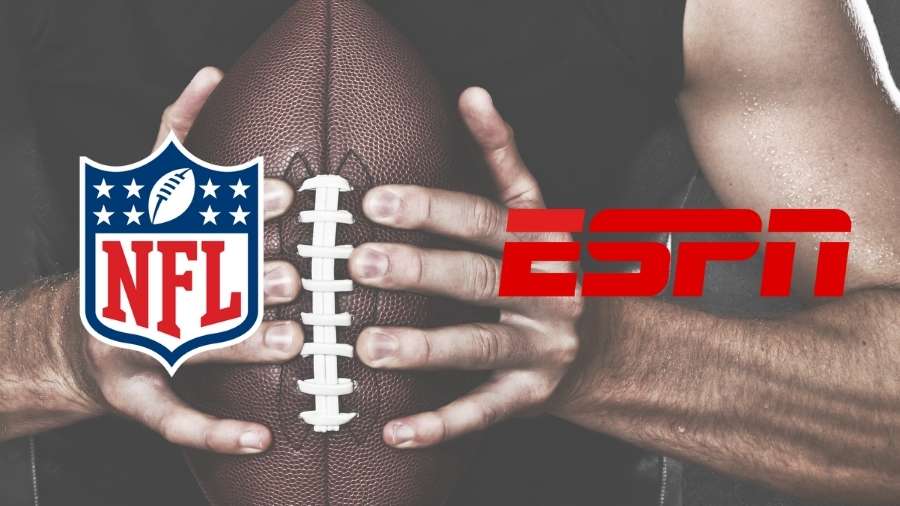
- With the NFL generating $18 billion per year, it stands as the foremost athletic association in the world.
- A 10% stake in Disney’s ESPN with the NFL represents a major shift in global sports media ownership and strategy.
The Global Reach of the NFL
American football is no longer just a North American obsession. Over the past two decades, the National Football League has grown into one of the most powerful sports brands in the world. The NFL generates more than $18 billion in annual revenue, making it the richest professional sports league globally. While the majority of that income comes from the United States, the league’s efforts to expand internationally have not gone unnoticed.
Games in London regularly sell out. Viewership continues to rise in Europe and parts of Asia. International games in the UK, Germany, and Mexico draw millions of viewers. Merchandising and digital engagement are on a steady rise outside the US. With a loyal domestic audience and a rapidly growing international following, the NFL’s strategic moves now carry implications far beyond the United States.
The Disney-ESPN Deal Explained
Disney originally acquired ESPN in 1996 when it bought Capital Cities/ABC Inc., the then-parent company of ESPN. Before being acquired by Disney, ESPN could only go so far in the pursuit of becoming a major sports broadcaster. In all these years, ESPN has blossomed into one of the most significant global sports television brands, having greater importance for the Disney television and streaming business.
This global positioning is a factor that makes the recent NFL-Disney arrangement so important. The NFL has acquired a 10% equity stake in Disney’s ESPN, Disney’s flagship sports network. This is not just a content licensing agreement. It is a partial ownership deal, signalling a change in how major sports entities approach media partnerships.
The NFL is not simply selling its content anymore. It is becoming a co-owner of one of the most recognised names in global sports broadcasting.
Financial details of the transaction have not been officially disclosed, but industry analysts estimate the value of the NFL’s 10% stake at approximately 2.5 to 3 billion dollars. This implies Disney’s ESPN total valuation stands somewhere between 25 and 30 billion dollars. The deal includes the transfer of NFL Media assets such as NFL Network, RedZone distribution rights for pay-TV providers, and NFL Fantasy operations to Disney’s ESPN.
Content and Control
This arrangement goes far beyond a standard partnership. Disney’s ESPN now becomes the exclusive distributor of NFL Network and RedZone on traditional TV. While the NFL retains digital rights and production oversight of RedZone, Disney’s ESPN will manage its distribution and branding on cable and satellite networks. The fantasy football platforms of both entities will merge, making ESPN Fantasy the official fantasy football destination of the NFL.
The timing of the deal is critical. Disney’s ESPN is preparing to launch a direct-to-consumer streaming service priced at $29.99 per month. This new platform will offer live ESPN channels, exclusive sports programming, and now, significantly expanded NFL content. The inclusion of NFL media properties is expected to boost Disney’s ESPN streaming proposition considerably.
Disney’s Media Strategy
For Disney, this partnership provides stability. The company has been undergoing a broader restructuring effort and is looking to optimise its media assets. Working the NFL Media into Disney’s ESPN enables and enhances the offerings and targets a wide base of sports viewers, many of whom are shifting from cable to streaming. For the NFL, it positions itself as not just a content creator but also a stakeholder in the monetisation and distribution of its content.
Owning a piece of Disney’s ESPN would give the league some say about decisions on future content strategy, advertising formats, and audience engagement while associating the league with a platform that already operates in tens of millions of households across multiple continents.
Impact on Fans and Viewers
For fans, this deal could have mixed implications. On the positive side, it promises a more integrated experience, especially for fantasy football players and RedZone viewers. Disney’s ESPN is known for its consistent presentation and global reach. The combination of NFL content with Disney’s ESPN infrastructure could lead to more polished programming, improved access, and better integration with other sports content.
But concerns have been raised as well. Some fans worry about potential changes to the RedZone format, particularly the inclusion of commercial breaks. Others are cautious about how much of this content will remain accessible without additional cost. With Disney’s ESPN streaming service priced at a premium, there’s uncertainty about whether traditional pay-TV subscribers will continue to receive the same content or be nudged toward the new platform.
Industry Reactions and Competitive Implications
The ownership change may also affect Disney’s ESPN relationships with other sports leagues and media partners. Disney’s ESPN is no longer just a neutral distributor. With the NFL as a stakeholder, questions may arise about preferential treatment or potential conflicts of interest. How will this affect Disney’s ESPN editorial coverage of the NFL? Will it influence how resources are allocated between different leagues?
These are fair questions. And while no immediate disruptions are expected, the media industry will be watching closely.
This move also raises a larger issue for the global sports industry. Should other leagues consider similar ownership strategies? Could the Premier League take a stake in a European broadcaster? Might UEFA or Formula One explore co-ownership deals with streaming platforms?
What It Means for Brands
As sports media becomes more centralised and content-driven, ownership may become a competitive advantage. Brands that align with platforms through equity—not just advertising—may find greater control over fan engagement, data, and monetisation. This is especially relevant as live sports remain one of the few categories that still draw real-time viewers in large numbers.
The UK market, in particular, has a lot to gain from observing this partnership. The NFL’s presence in Britain is growing. Regular season games held in London at Wembley and Tottenham Hotspur Stadium continue to attract full stadiums. Broadcast partnerships with Sky Sports and Amazon Prime Video are expanding reach. With Disney’s ESPN now holding more NFL media rights, UK audiences will likely see more consistent coverage, tailored programming, and possibly new advertising formats.
Opportunities for UK Advertisers
For UK-based advertisers and sponsors, the deal opens new pathways. Aligning with premium live content like NFL games on Disney’s ESPN can offer exposure to a highly engaged audience. The merged fantasy football platform also provides a more unified space for branded content and product integration.
Strategic Shift in Brand Thinking
At the brand level, this partnership highlights a shift in strategy that more companies may follow. Licensing content or placing ads is no longer the only option. Equity involvement offers influence over long-term direction. The NFL did not just secure airtime. It bought itself a seat at the media table.
This is a trend seen in other areas of sports as well. Formula 1’s success with Netflix’s Drive to Survive has reshaped how sports can be marketed globally. While F1 did not take an equity position in Netflix, it did benefit significantly from strategic alignment. What the NFL and Disney’s ESPN are doing goes a step further.
Looking Ahead
This deeper integration may be the next stage of sports branding and media convergence. The lines between league, broadcaster, and platform are starting to blur. As a result, marketers, media planners, and brand managers should start thinking differently.
What content does your brand rely on? Who owns that content? And are there new ways to be involved, not just through campaigns but through strategic ownership or long-term partnerships?
Disney’s control over ESPN will decrease slightly, dropping to an estimated 72%. Hearst, a long-time minority stakeholder, will hold around 18%. The NFL’s 10% stake is more than symbolic. It introduces a new kind of governance model for sports broadcasting.
Regulatory and internal approvals are still pending. NFL team owners must approve the deal. Government regulators may also review it for competitive fairness. But unless major objections arise, the deal is expected to proceed without significant delay.
Final Thoughts for Brand Leaders
If you are managing a sports brand, media property, or digital content platform, now is the time to reassess your approach. How much control do you have over the channels you use? Could equity be part of your future media strategy?
Disney’s ESPN-NFL partnership may not immediately reshape the landscape for all brands. But it does set a new benchmark. Ownership, access, and content are no longer separate. They are part of the same conversation.
The NFL is no longer just a tenant in the house of sports media. It is now part-owner of the house. And for everyone involved in branding, media, and fan engagement, that changes the conversation.
